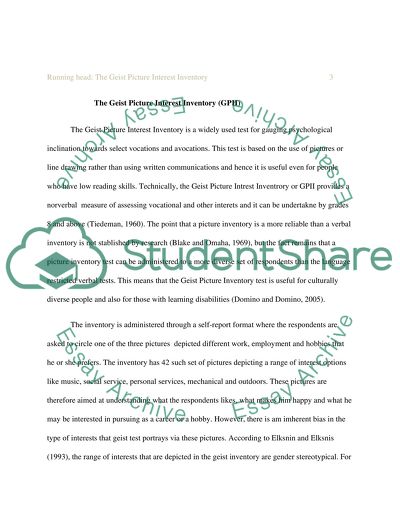Cite this document
(“Geist picture inventory (GPII) in psychological testing Research Paper”, n.d.)
Retrieved from https://studentshare.org/psychology/1412119-geist-picture-inventory-gpii-in-psychological-testing
Retrieved from https://studentshare.org/psychology/1412119-geist-picture-inventory-gpii-in-psychological-testing
(Geist Picture Inventory (GPII) in Psychological Testing Research Paper)
https://studentshare.org/psychology/1412119-geist-picture-inventory-gpii-in-psychological-testing.
https://studentshare.org/psychology/1412119-geist-picture-inventory-gpii-in-psychological-testing.
“Geist Picture Inventory (GPII) in Psychological Testing Research Paper”, n.d. https://studentshare.org/psychology/1412119-geist-picture-inventory-gpii-in-psychological-testing.


